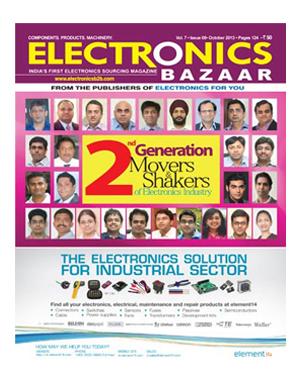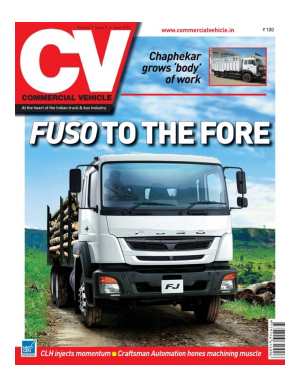Press Release
- Home
- Press Release

Expansion plans and business strategies
With the increasing use of alternate fuel, Shigan Quantum Technologies (known as SQT) foresees good growth for the company in the next few years. He wants to grow the business by manufacturing cost-effective systems, locally. He travels across the world to find the right technology partner who could support his firm in providing cost-effective fuel systems to original equipment manufacturers (OEMs).
SQT have taken huge risks while steering the company forward amidst stiff competition from multinational brands that are reputed in this field. Yet, they have been able to earn a good reputation as domestic players. SQT is confident that the company will sustain itself due to its capability in local manufacturing. Today, OEMs prefer our brand over other international brands in the market. So the risks we had taken were worth it.
Changes brought in
SQT have been instrumental in getting the right technology and training the manpower to manufacture in India. With our company being able to produce electromechanical products like injectors, there has been a change in the mindset of the OEMs as they now have faith in our skill sets and quality. Putting up an electronic control unit (ECU) assembly line is no easy task, but we have been able to do that successfully.
Management style
SQT believes in delegating work to his employees. He appreciates employees who take complete accountability and responsibility of their work.
Challenges faced
Getting technology that would be cost-effective for Indian OEMs was a challenge for the company. We were heavily dependent on companies from Europe and US. To bring down the cost to Indian acceptable norms was our biggest challenge, and the only answer to this was local manufacturing. Finding the right technology partner was another challenge.
Vision for electronics industry
According to SQT, with the emission norms getting stricter, the involvement of electronics in different applications is increasing. In the times to come, we foresee electronics making up almost 40-50 per cent of a vehicle's cost. This will definitely give a boost to the electronics industry. For this to happen, the government needs to support the entrepreneurs, and help in bringing new technologies in India.
Corporate Strategies
- Strategy to reach out to new customers: Innovative technology and quality products
- Strategies to retain existing customers: Meeting consumer requirements and enhancing services
- Brand building strategies: Through various media like online, print, etc
- Areas where investments are a must: Manpower and new technology
Likes & Dislikes
- Passionate about: Contributing to the environment, innovation in the field of renewable energy
- When he is not thinking about business, Sports, and spends time with family
- Two gadgets he cannot live without Cellphone and laptop
- Admires the previous generation for: Their enterprise and financial management
- What he dislikes about the previous generation: Their management style and lack of HR practices
Electronics Bazar
Oct 2013
Commercial Vehicle - June 2013

A 5 percent GDP growth rate is certainly not heartening news. But the positive bit is that inflation is down. So interest rates may well continue on their downward trajectory, despite this being an election year. The implication is that industrial revival should get some support.
This is essential if the green shoots of recovery seen in the CV market are to be nurtured. For the first time in many months, freight rates have turned positive. But, this is largely on the basis of seasonal triggers. A strong policy impetus that drives the infrastructure and manufacturing sectors should lend a degree of longevity to the limited optimism being seen in the CV market.
North Indian company, Shigan Group has been offering alternate fuel systems for almost 15 years now. Riding on a slew of technical alliances and considerable localisation, the company is now gunning for the emerging quadricycle market.
It remains to be seen if movement on these fronts occurs with the required urgency. But, policy has played out in a completely different direction. The notification of quadricycles as a separate class of vehicles has set the proverbial cat among the pigeons.
Despite being mandated to be registered as city commercial vehicles, these plucky vehicles have the potential to cause disruptions in segments like three-wheelers, passenger cars (sales of taxi-models or illicit diversions for personal use) and even compact and small commercial vehicles. Given these complexities, it is not surprising that the initial supporters of the quadricycle idea have turned opposers and vice-versa.
Commercial Vehicle
June 2013